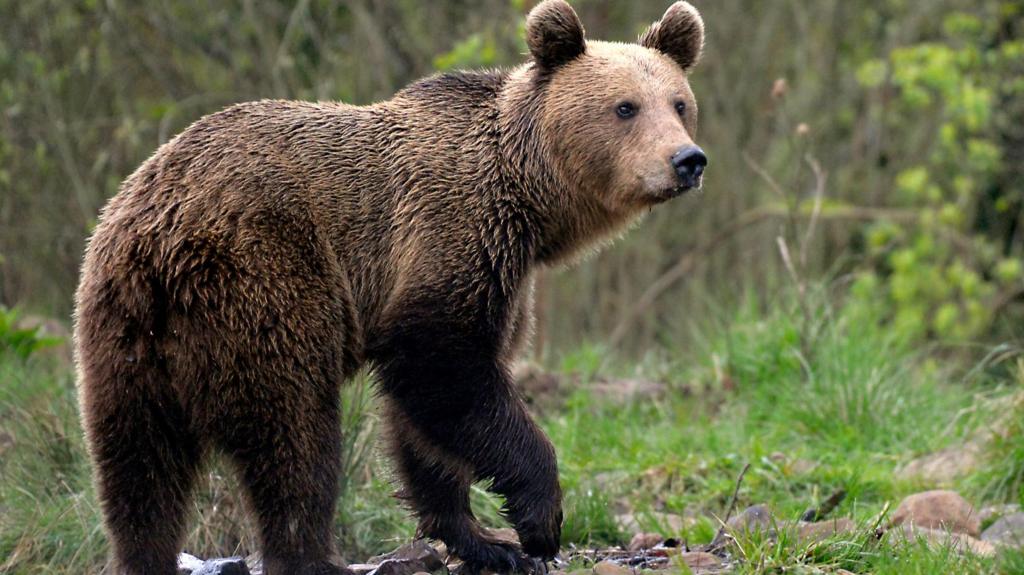A man has died following a bear attack in a popular and picturesque mountain region of Romania.
Authorities report that the victim, who was riding a motorcycle, stopped on Tuesday morning at a well-known tourist spot along the Transfagarasan road.
According to reports, the bear pulled the man down a steep ravine, resulting in a significant drop of approximately 80 metres (262ft).
“Unfortunately, he was already deceased upon our arrival,” stated Ion Sanduloiu, head of the Arges County Mountain Rescue Service, in a statement to the BBC.
“The injuries sustained were extremely severe. Despite wearing a helmet and full protective gear, it proved insufficient.”
Sanduloiu noted that the victim had parked his motorcycle adjacent to a sign explicitly warning against feeding the bears.
“My recommendation is straightforward: refrain from stopping, avoid feeding the bears, and maintain a safe distance,” he emphasized.
Officials have confirmed that the bear involved has not yet been euthanised, and an investigation into the incident is currently underway.
Romania is home to the largest population of brown bears within the European Union.
In recent years, encounters between humans and bears have been on the rise, with several fatal incidents prompting calls for stricter regulations and increased investment in preventative measures.
Recent genetic population studies conducted by Romania’s environment ministry estimate the country’s brown bear population to be between 10,400 and 12,800, a figure significantly higher than previous estimates.
Former environment minister Mircea Fechet has suggested that the optimal sustainable population would be around 4,000 bears, approximately one-third of the current estimated number.
Fechet has proposed streamlining existing legislation to empower local authorities to take more immediate action, including the ability to euthanise bears that venture into residential areas.
The ministry also intends to introduce risk zone maps to improve the management of bear populations, striking a balance between conservation efforts and public safety.
Conservationists argue that this tragic event highlights deeper systemic issues within Romania’s wildlife management practices.
Gabriel Paun, founder of the environmental NGO Agent Green, which advocates for wildlife protection and opposes illegal logging, asserts that the core problem is mismanagement, rather than overpopulation.
“The recurring tragedies on the Transfagarasan road are a consequence of multiple failures: tourists stopping to interact with wild animals, local authorities not doing enough to drive bears back into the forest, and the national government – particularly the environmental ministry – failing to properly implement the national plan for coexistence between wildlife and humans,” he stated.
Paun further stated that the bear population faces threats from “climate change, habitat destruction and human persecution,” adding that Romania has become a “key destination” for international trophy hunters.
Sanduloiu believes that stronger deterrents are essential to prevent future loss of life.
“In my opinion, the solution is straightforward: impose higher fines and even prison sentences for those who stop to feed the bears,” he concluded.
The hazel dormice were let out from secret cages after being given a clean bill of health.
Residents fear Stockport County’s plans for a new car park could intrude on woodland and wildlife.
Folly Wildlife Rescue has taken in 13 badgers recently due to warm weather and road accidents.
Funding for two new scooters at the Curraghs Park aims to improve accessibility for all visitors.
A female red panda and a female brown spider monkey arrive at Paignton Zoo from zoos in France.

